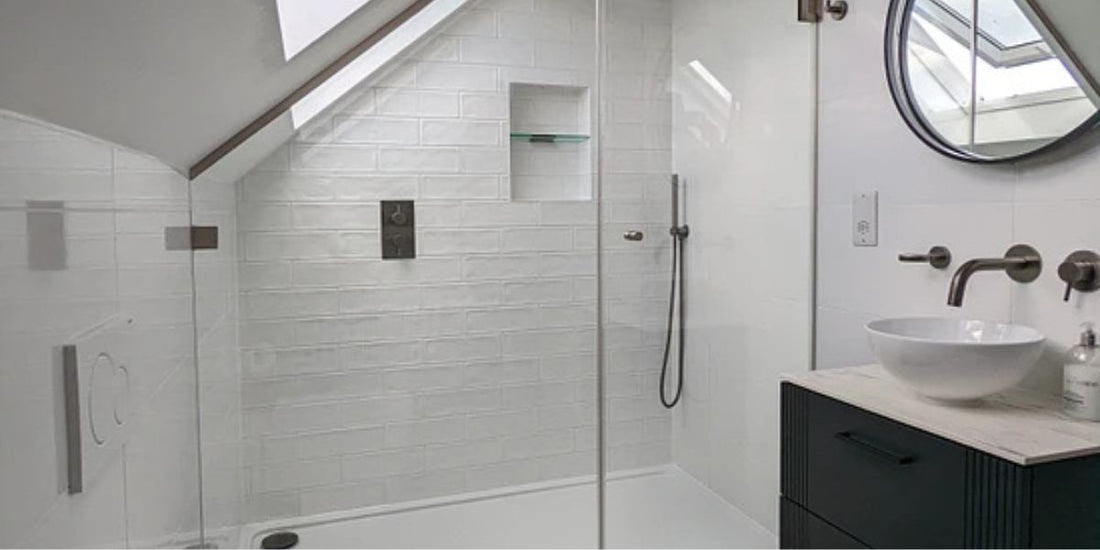
Eco-friendly toilets for schools: A Sustainable Solution?
Share
In the ever-evolving world of technology, the focus on sustainability has become more pronounced. For tech professionals and enthusiasts, the integration of green technologies into everyday infrastructure is not just a trend but a necessity. One such innovation making waves in educational institutions is the adoption of eco-friendly toilets for schools. As we delve into the benefits and implications of these systems, it's crucial to understand their role in shaping a sustainable future.

The Importance of Eco-Friendly Toilets
Traditional toilets consume a significant amount of water, contributing to environmental strain and high utility costs. In contrast, eco-friendly toilets are designed to minimize water usage, making them a pivotal component in the quest for sustainable solutions. By implementing these systems in schools, not only do we reduce water consumption, but we also instill a sense of environmental responsibility in students from a young age.
Moreover, the technology behind eco-friendly toilets has advanced significantly. From dual-flush systems to composting toilets, the variety of options available allows schools to choose solutions that best fit their needs. For a deeper understanding of how these systems work, you might want to explore the potential drawbacks of low-flow toilets and how they compare to traditional systems.
Benefits of Implementing Eco-Friendly Toilets
Water Conservation
One of the most significant benefits of eco-friendly toilets is their ability to conserve water. Schools are large facilities with high daily usage, and the cumulative savings from reduced water consumption can be substantial. According to the EPA's WaterSense program, replacing older, inefficient toilets with WaterSense labeled ones can save a significant amount of water annually.
Cost Efficiency
While the initial investment in eco-friendly toilets might be higher, the long-term savings in water bills can offset the costs. Schools can also benefit from various rebates and incentives offered by governments and organizations promoting sustainable practices.
Educational Opportunities
Integrating eco-friendly toilets in schools serves as a practical educational tool. It provides students with firsthand experience of sustainable practices, encouraging them to adopt similar habits outside school premises. This hands-on approach to learning about environmental conservation can have a lasting impact.
Technological Innovations in Eco-Friendly Toilets
The advancement of technology has brought about innovative solutions in the realm of eco-friendly toilets. From sensors that detect leaks to systems that automatically adjust water usage based on necessity, tech professionals have numerous opportunities to enhance these systems further. For instance, smart lighting technologies have been successfully integrated into other areas of school infrastructure, indicating a promising future for similar innovations in toilet systems.
Future Prospects
As technology continues to evolve, the scope for innovation in eco-friendly toilet systems is vast. From integrating IoT devices for real-time monitoring and maintenance to developing new materials that reduce environmental impact, the possibilities are endless. Tech enthusiasts and professionals are in a unique position to drive these changes, leading the charge towards a more sustainable future.
Challenges and Considerations
Despite their numerous benefits, the implementation of eco-friendly toilets in schools is not without challenges. Initial setup costs can be prohibitive for some institutions, and the need for regular maintenance can be a deterrent. However, with the growing emphasis on sustainability and the availability of financial assistance programs, these hurdles are becoming easier to overcome.
Furthermore, schools must consider the specific needs of their infrastructure and choose systems that are compatible. This includes ensuring that plumbing systems can accommodate new technologies and that staff are trained in maintenance and troubleshooting.
Conclusion
In conclusion, the integration of eco-friendly toilets for schools is a significant step towards achieving sustainability in educational institutions. For tech professionals and enthusiasts, this represents an exciting opportunity to contribute to a greener future. By embracing these technologies, schools can not only reduce their environmental impact but also foster a culture of sustainability among students. As we look to the future, the role of technology in promoting eco-friendly practices will only continue to grow, paving the way for innovative solutions and a more sustainable world.

Frequently Asked Questions
What are the main benefits of eco-friendly toilets in schools?
Eco-friendly toilets help conserve water, reduce costs, and provide educational opportunities about sustainability. They are a practical solution for reducing the environmental impact of schools.
Are there challenges associated with implementing eco-friendly toilets?
Yes, initial setup costs and the need for regular maintenance can be challenges. However, financial assistance programs and technological advancements can help mitigate these issues.
How can technology enhance eco-friendly toilet systems?
Technological advancements, such as IoT devices for real-time monitoring, can significantly enhance the efficiency and effectiveness of eco-friendly toilet systems in schools.
For those interested in exploring the practical applications of smart irrigation and related technologies, visit real-life applications of smart irrigation. Additionally, for insights into water-saving toilets, delve into the resources provided by industry experts.
This article contains affiliate links. We may earn a commission at no extra cost to you.
